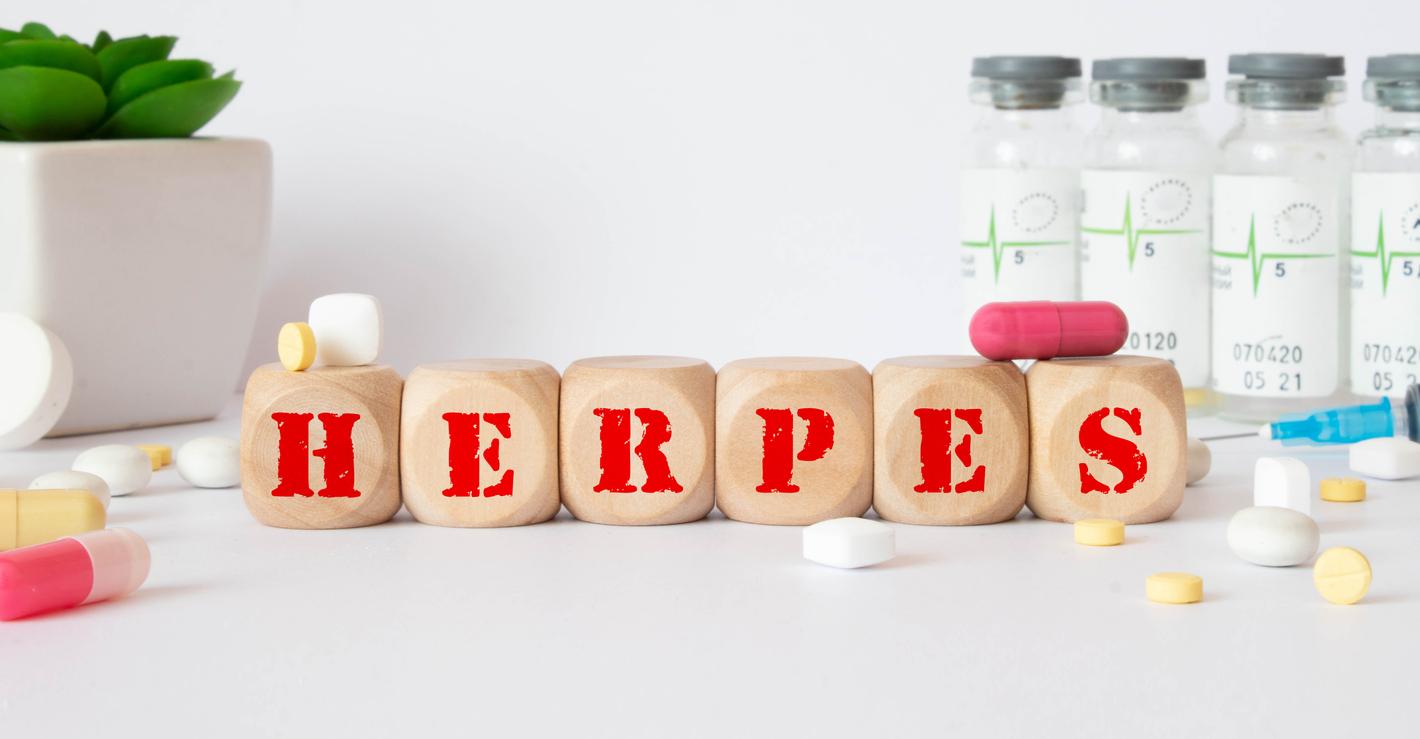In its quarterly review La Santé en action, Public Health France publishes a dossier devoted to suicide prevention. Here is an inventory of the actions considered effective.

Each year in France, an average of 9,000 people die by suicide. France thus ranks 10and place (out of 28) of the countries of the European Union with the highest suicide rate. According to the latest data from the Epidemiology Center on the medical causes of death (CépiDc) of the National Institute of Health and Medical Research (Inserm), more than 7% of French adults declared having attempted suicide during of their lives, and nearly 5% said they had thought about it during 2017.
Santé publique France devotes a dossier to suicide prevention in its quarterly review health in action, intended to present effective actions on the ground. Beyond a simple individual choice, suicidal behavior can be determined by socio-environmental factors, such as the economy, employment, living environment, exposure to violence, isolation or even the access to prevention and care systems.
Detect suicidal behavior
In 2018, France adopted a “Mental health and psychiatry” roadmap in which suicide prevention occupies a primary place. One of the objectives of this roadmap is to propose to the Regional Health Agencies (ARS) to combine several actions in their territories identified as being effective in the scientific literature. This involves, for example, the training of “sentinels”, that is to say people capable of identifying, in the professional environment or elsewhere, those who are suffering and are at risk of engaging in suicidal behaviour.
Maintaining the link with postcards
As part of this government roadmap, there is also the VigilanS program. Its objective is to prevent recidivism by maintaining contact with patients admitted after a suicide attempt. This link is maintained by telephone but also by mail. The system is based in particular on the sending of postcards. If at the beginning, they were sent only when the patient could not be contacted directly, they gradually took a full part in maintaining this link.
Avoiding the “suicidal contagion”
Finally, the third part of the “Mental Health and Psychiatry” plan on suicide is based on better informing the public. This is done through the Papageno program, which consists of working with the media to avoid the phenomenon of “suicidal contagion”. We also speak of the “Werther effect”, in reference to the work of Goethe, The Sorrows of Young Wertherpublished in 1774. At the end of the work, the main character commits suicide, and at the time of its publication, this caused a wave of suicides in Europe.
The role of journalists is important
With the Papageno program, journalists are invited not to treat suicide in a sensationalist or even glamorous way when it comes to a celebrity. For example, in the United States, 1,841 additional suicides were recorded six months after that of Robin Williams. We must also avoid going into too much detail about the way in which a person committed the act so as not to give the reader an idea, since 87% of people who have attempted suicide declare that they have used a particular method after the suicide. read in a newspaper article. These recommendations correspond to those issued by the World Health Organization (WHO) for “responsible handling of information”.

.















